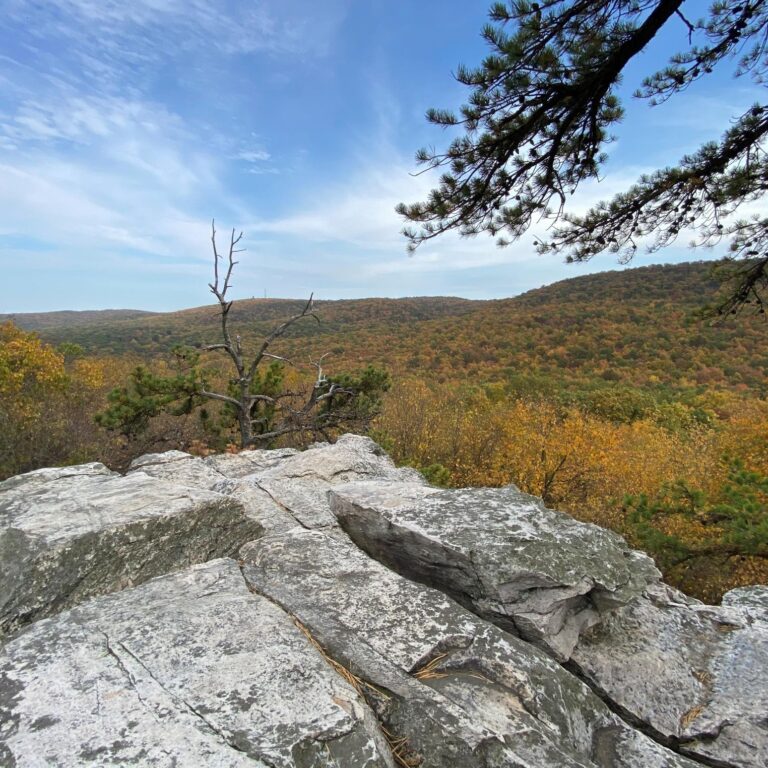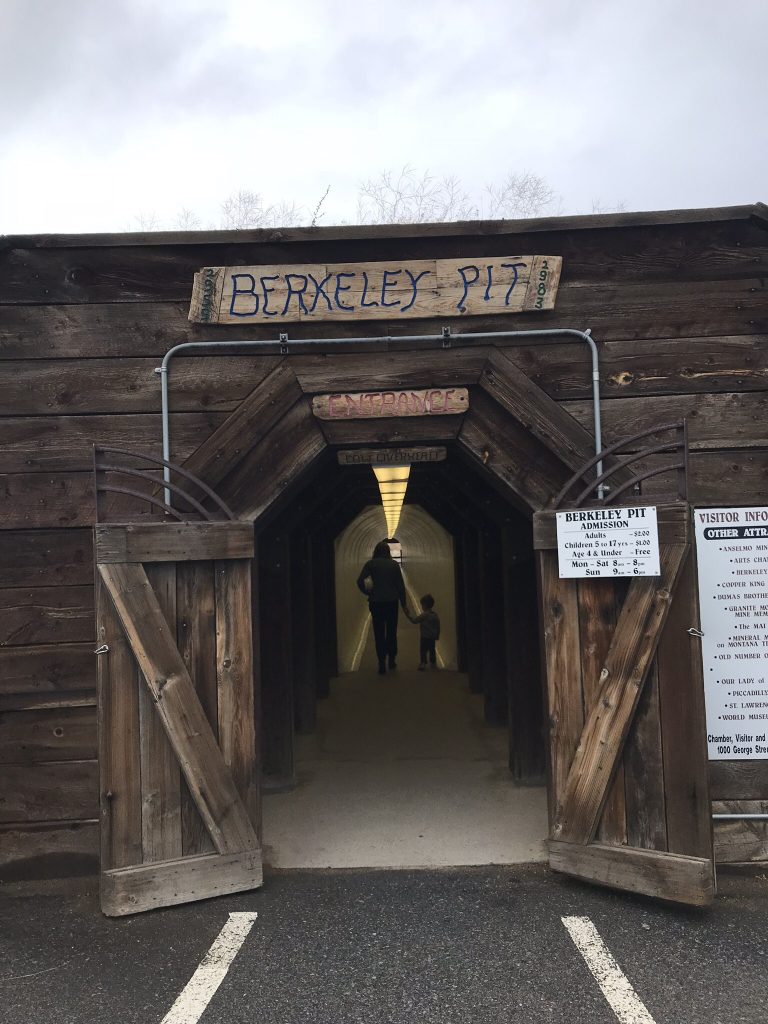To provide observations and information on the emerging fields of landscape scale conservation, heritage preservation, and sustainable community development.
Newsletter
Stay up-to-date with the latest nature, culture and community news.
We won’t spam you or share your information. Newsletters are sent approximately 10 times a year. Unsubscribe at any time.
Federal Budget: First Look is not Promising
First State, Lasting Impacts

The Opportunity of a Lifetime for Landscape Scale Conservation
This is an exceptional time when ambitions for landscape scale conservation have come together with increased federal funding and supportive national policies. However, it is not time to take a victory lap. Now is the time to rise to the challenge of matching money, projects and partners to take advantage of these exceptional opportunities. The time has come to put into action at scale all the strategies developed by the collaborative conservation approach.

While we were not watching…
Understandably attention has been riveted on the spread of the Corona virus. And as is often the case, the controversy over the current administration’s management of visitation to the United States’ National Parks has taken center stage. However, while these decisions have conservation downsides, there are much bigger ongoing efforts to dismantle a host of well-established conservation programs that are still moving forward.

Outsized Threats to Large Landscapes
It should come as no surprise to readers of the Living Landscape Observer that conserving large landscapes in the current political climate is no easy task. There are threats to our public lands and proposals to defund the federal programs that conserve our cultural and natural resources. However, the bigger issue is the underlying erosion of landscape scale work throughout our national government. There are systemics challenges to all these efforts that need to be better understood.

Interpreting histories of pollution
Do we need more historic sites that addresses the effects of pollution as well as remediation on the landscape. The Berkeley Pit in Butte, Montana provides one example of this type of location.

Examining Federal Land Acquisition Practices After World War II
In the decades after World War II, the Federal government significantly altered its approach to land acquisition for parks, forests and other protected areas. Before this

The Opportunity of a Lifetime for Landscape Scale Conservation
This is an exceptional time when ambitions for landscape scale conservation have come together with increased federal funding and supportive national policies. However, it is not time to take a victory lap. Now is the time to rise to the challenge of matching money, projects and partners to take advantage of these exceptional opportunities. The time has come to put into action at scale all the strategies developed by the collaborative conservation approach.

While we were not watching…
Understandably attention has been riveted on the spread of the Corona virus. And as is often the case, the controversy over the current administration’s management of visitation to the United States’ National Parks has taken center stage. However, while these decisions have conservation downsides, there are much bigger ongoing efforts to dismantle a host of well-established conservation programs that are still moving forward.

Outsized Threats to Large Landscapes
It should come as no surprise to readers of the Living Landscape Observer that conserving large landscapes in the current political climate is no easy task. There are threats to our public lands and proposals to defund the federal programs that conserve our cultural and natural resources. However, the bigger issue is the underlying erosion of landscape scale work throughout our national government. There are systemics challenges to all these efforts that need to be better understood.

Interpreting histories of pollution
Do we need more historic sites that addresses the effects of pollution as well as remediation on the landscape. The Berkeley Pit in Butte, Montana provides one example of this type of location.

Examining Federal Land Acquisition Practices After World War II
In the decades after World War II, the Federal government significantly altered its approach to land acquisition for parks, forests and other protected areas. Before this


